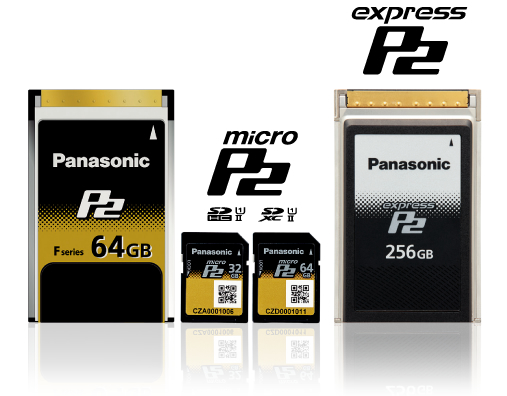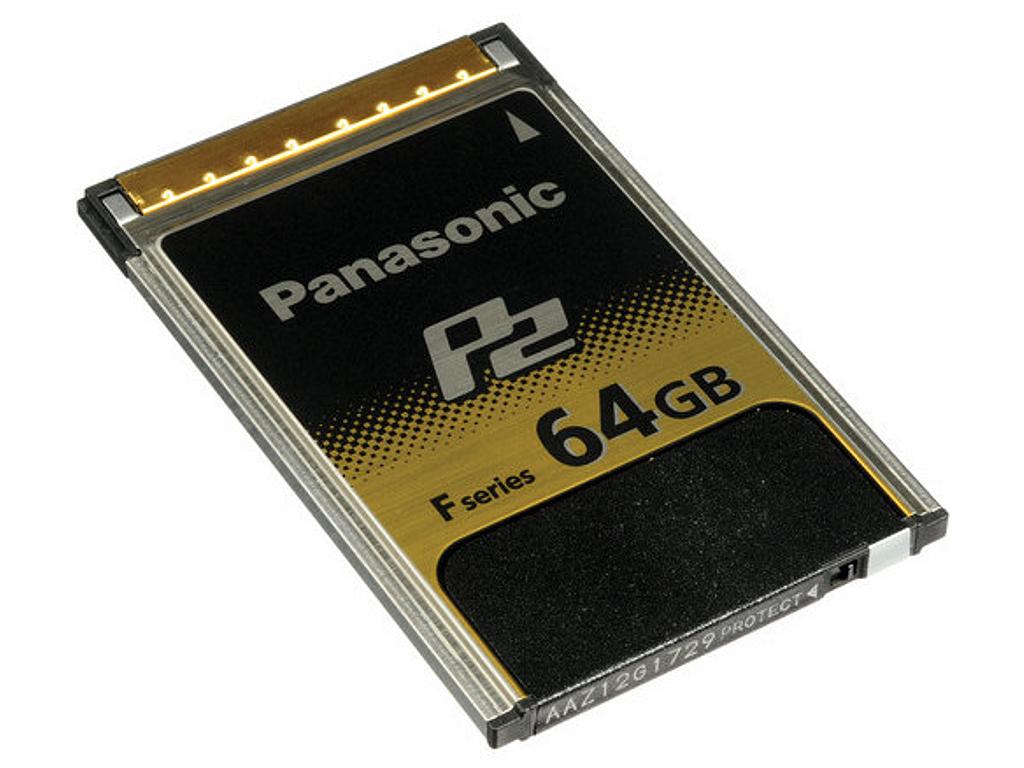


The card can be used to manage the data files, and it even does a write-verification step for every byte of memory that gets written to the card, thus assuring fault-free operation. P2 cards include microcomputers with their own processors, firmware, a RAID controller and zero-fault, solid-state memory chips. The P2 card is reusable, up to roughly 1000 times, and connects with laptops and nonlinear editing systems via a special adapter or a Panasonic P2 player hooked up to a computer. We’re already achieving a greater throughput than the PCMCIA spec is getting.”įacchini added, “It doesn’t mean that the format will never change, but it won't change unless there’s a reason for it to change.”Įach P2 card consists of four SD memory cards, packaged in a die-cast frame that weighs 0.099lbs and offers four times the capacity and four times the transfer speed of a single SD card. “We now have adapters going to USB 3.0, and we see that as the way for customers to keep up with the changes in PCs. “We’re committed to the large number of customers out there with cameras with PCMCIA slots in them,” said Mike Bergeron, technical liaison for third-party partnerships at Panasonic.


 0 kommentar(er)
0 kommentar(er)
